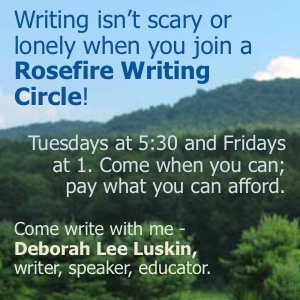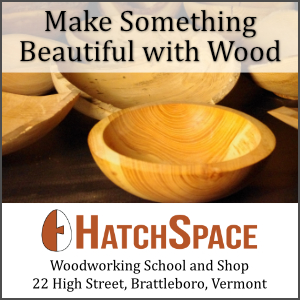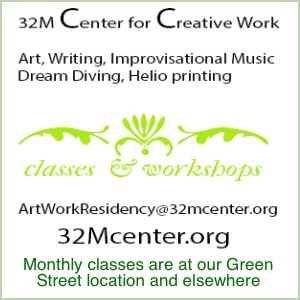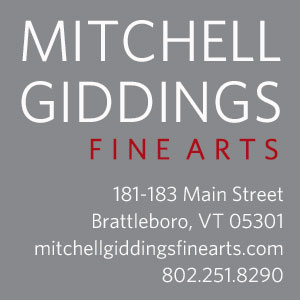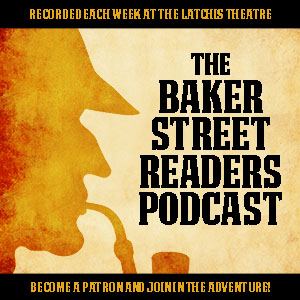Storyboarding was developed to a high art form by Walt Disney and his team of artists. He found that by arranging little drawings that correspond to all key points in an animated script, he and his animators could pre-visualize a cartoon before making it.
This was important for two reasons. One – animation was time consuming and expensive, and the better it was planned in advance, costs could be kept under control. Having a frame by frame guide to what should be done helped keep everyone on track and within budget (more or less.)
The second reason was that it gave everyone involved an opportunity to really do their best work. Scenes could be “tried out” and rejected if they weren’t working. Camera angles and gas could be readjusted. Any errors in continuity or distractions become more obvious when previewed in storyboard form.
This process assisted Disney to reach amazing heights in animation. And the process was good enough that other filmakers got into the habit of working out scenes in advance, too. Today, almost every big budget film has storyboard artists and pre-visualization experts working out the details ahead of time.
Here are three videos on storyboarding. The first is about the Disney process, the second shows a more modern Pixar approach, and the third has Ridley Scott discussing storyboarding.
The Purpose of Storyboarding:
Pixar Storyboarding:
Art of Storyboarding with Ridley Scott:

